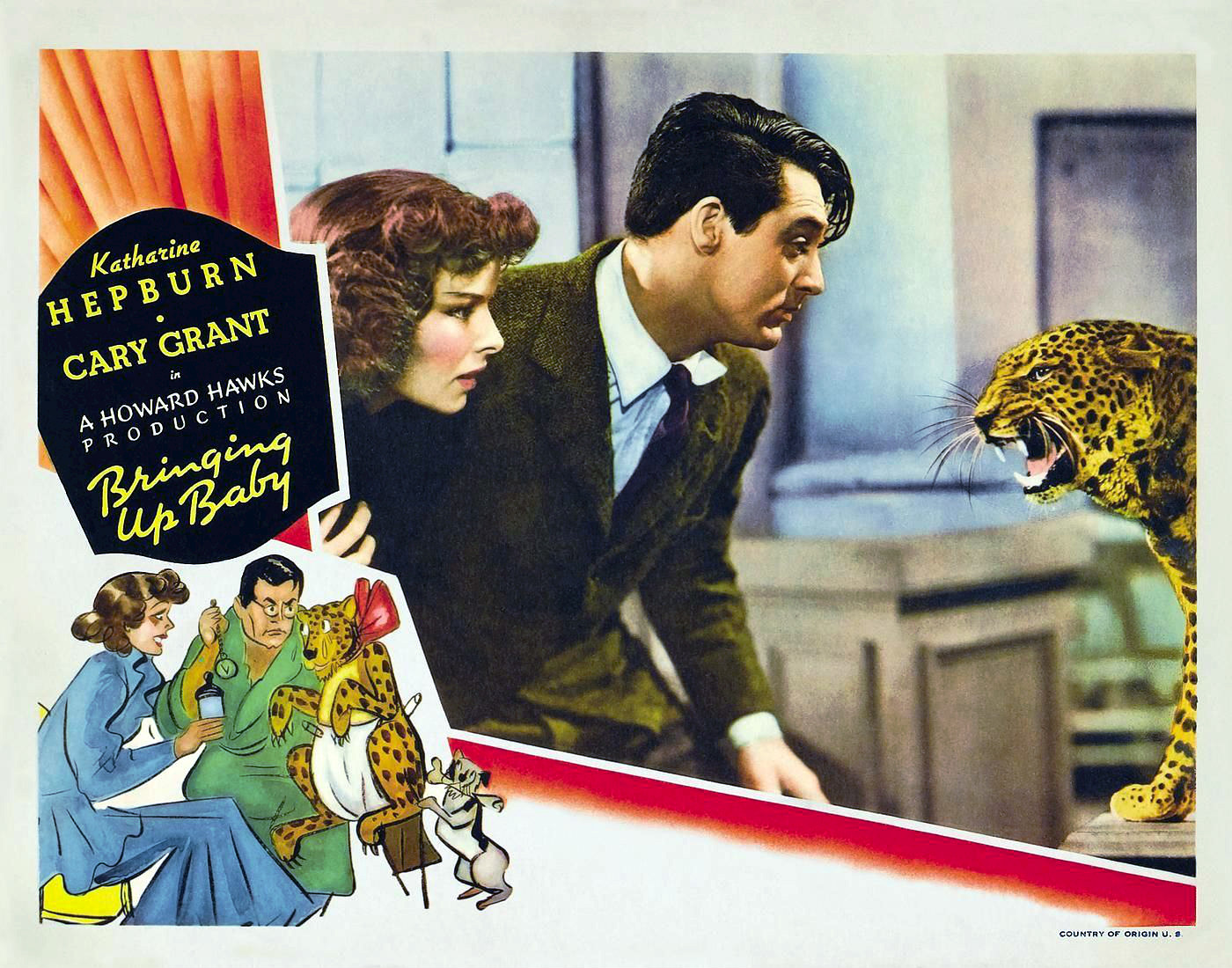A blog formerly known as Bookishness / By Charles Matthews
"Dazzled by so many and such marvelous inventions, the people of Macondo ... became indignant over the living images that the prosperous merchant Bruno Crespi projected in the theater with the lion-head ticket windows, for a character who had died and was buried in one film and for whose misfortune tears had been shed would reappear alive and transformed into an Arab in the next one. The audience, who had paid two cents apiece to share the difficulties of the actors, would not tolerate that outlandish fraud and they broke up the seats. The mayor, at the urging of Bruno Crespi, explained in a proclamation that the cinema was a machine of illusions that did not merit the emotional outbursts of the audience. With that discouraging explanation many ... decided not to return to the movies, considering that they already had too many troubles of their own to weep over the acted-out misfortunes of imaginary beings."--Gabriel García Márquez, One Hundred Years of Solitude
Search This Blog
Showing posts with label Barry Fitzgerald. Show all posts
Showing posts with label Barry Fitzgerald. Show all posts
Friday, February 21, 2020
The Naked City (Jules Dassin, 1948)
Cast: Barry Fitzgerald, Howard Duff, Don Taylor, Dorothy Hart, Frank Conroy, Ted de Corsia, House Jameson, Anne Sargent, Adelaide Klein, Grover Burgess, Tom Pedi, Enid Markey, voice of Mark Hellinger. Screenplay: Albert Maltz, Malvin Wald. Cinematography: William H. Daniels. Art direction: John DeCuir. Film editing: Paul Weatherwax. Music: Miklós Rózsa, Frank Skinner.
This hugely influential police procedural won two Oscars, for William H. Daniels's cinematography and Paul Weatherwax's film editing. Which is as it should be: What excitement and interest the film has today, after years of derivative movies and TV shows, is in the documentation of New York City streets and landmarks in the years just after World War II and in the brilliantly paced chase scene that comes at the climax, when the murderer scales the Williamsburg Bridge to evade the cops pursuing him. The script now feels clichéd, even if some of the clichés were new, and the dialogue sometimes banal and over-expository. Nor does producer Mark Hellinger's occasionally pretentious voice-over narration sound right to the ear. Barry Fitzgerald overindulges his leprechaun schtick as Lt. Muldoon and Don Taylor is a bit too determinedly callow as Halloran. On the other hand, the supporting cast is convincingly real. It's fun to watch today for some faces that became familiar later, many of them performing on Broadway at the time the film was made and rounded up for bit parts. Look for Paul Ford, Kathleen Freeman, James Gregory, John Marley, Arthur O'Connell, David Opatoshu, Nehemiah Persoff, Molly Picon, and John Randolph among them. The director, Jules Dassin, and the screenwriters, Albert Maltz and Malvin Wald, were among those who fell afoul of the witch hunters of the blacklist in the 1950s.
Sunday, December 4, 2016
Bringing Up Baby (Howard Hawks, 1938)
Although it's often called the greatest of all screwball comedies, to my mind Bringing Up Baby transcends that label: It's the finest example I know of a nonsense comedy. Screwball comedies like My Man Godfrey (Gregory La Cava, 1936) and Nothing Sacred (William A. Wellman, 1937) usually have one foot in the real world -- the Depression and its Hoovervilles in the case of the former, exploitation journalism in the latter. Bringing Up Baby exists only in a universe where an impossible thing like an "intercostal clavicle"* could exist. Its world is a place where nobody listens to anyone else and everyone seems to be marching to their own drummer. It's what puts Bringing Up Baby in the sublime company of Lewis Carroll's works or James Joyce's Finnegans Wake. Fortunately it's more accessible than the latter and at least as much fun as the former. Nonsense is harder to bring off on film than in literature. Cinema by nature is a documentary medium -- one that's assumed to be recording reality -- and has less flexibility than words do. It's also a collaborative medium, which means that everyone involved in writing, directing, and acting in it has to be on the same wave length, or the whole thing will collapse like a soufflé with too many cooks. That's why Bringing Up Baby is almost sui generis: The only other movies that approach the sublimity of its nonsense are some of the ones with the Marx Brothers or W.C. Fields. Even Howard Hawks once admitted that he thought he had gone too far in crafting a comedy with "no normal people in it." Nevertheless, the soufflé continues to rise, thanks in very large part to Katharine Hepburn and Cary Grant, whose four movies together -- the other three were directed by George Cukor: Sylvia Scarlett (1935), Holiday (1938), and The Philadelphia Story (1940) -- seem to me to demonstrate a more potent teaming than the more iconic one of Hepburn with Spencer Tracy. And then there's the sine qua non of the screwball comedy, a supporting cast of character players like Charles Ruggles, Walter Catlett, Barry Fitzgerald, May Robson, and Fritz Feld. The screenplay was put together by Dudley Nichols and Hagar Wilde, from a magazine story by Wilde that Hawks bought and then with their help -- and doubtless much ad-libbing from the cast -- revised out of all recognition. I only hope that whoever came up with the phrase "intercostal clavicle," which Grant delivers with such delight in its rhythms, received a bonus.
*In case you've never thought to look it up, "intercostal" means "between the ribs" and usually refers to the muscles and spaces in the ribcage. The clavicle, or collarbone, sits atop the ribs and therefore can't be between them.
Subscribe to:
Comments (Atom)

